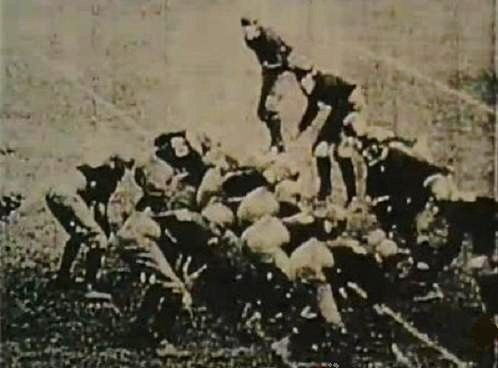
Pictured above is 1922's game of the year, Princeton at Chicago. It was the first game to be nationally broadcast on radio, and it was considered, then and for decades afterward, one of the greatest football games ever played. Princeton rallied for 2 late touchdowns and an improbable 21-18 win, prompting Grantland Rice, who was there covering the game, to dub Princeton the "Team of Destiny."
The name stuck, and the phrase has now become a common term for any sports team that improbably wins close game after close game. Princeton struggled to win all but 2 of their games, but when the dust had cleared, they stood 8-0 against the toughest schedule played by any of this season's contenders. They were not considered the best or most talented team in college football in 1922, and would certainly not have been favored against any other top 5 team, but they probably would have finished #1 in an AP poll had there been one at the time.
Still, 8-0 Cornell and 9-0 California were generally considered to be better teams, and performed far better, smashing every foe they faced. Cornell had been 8-0 the previous season, and Cal had not lost a game since 1919, so both teams would have been ranked much higher than Princeton in an AP poll to start the season. It's possible that one or both would have finished higher than Princeton as well, but Princeton was such a captivating story for the press that I think it likely that they would have edged the other 2 out for the top spot. Regardless, all 3 teams are contenders for the 1922 mythical national championship (MNC). But that is only half the field.
1921 gave us a difficult 5 contenders to sift through, but 1922 goes one better, giving us half a dozen teams to consider. My choice for the 1921 MNC, Iowa, produced a second straight 7-0 finish and Big 10 title in 1922. Sharing that title was 6-0-1 Michigan, who was tied by 8-0-1 Vanderbilt, our 6th and final contender.

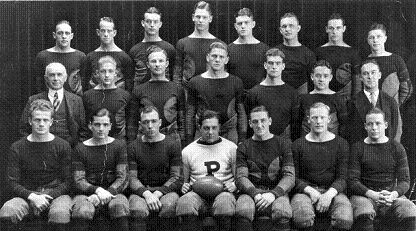
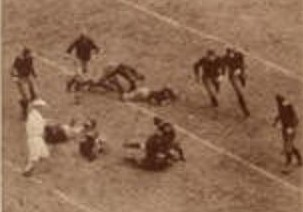
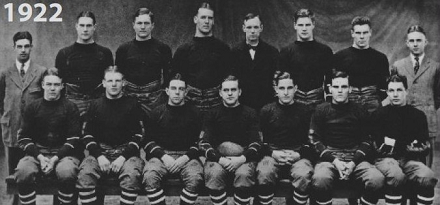
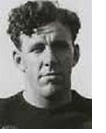 In 1922 Iowa went 7-0 for the second straight season, and I selected them as mythical national champions of 1921. I covered their Hall of Fame coach, Howard Jones, in that article. Iowa lost most of their best players from that team,
In 1922 Iowa went 7-0 for the second straight season, and I selected them as mythical national champions of 1921. I covered their Hall of Fame coach, Howard Jones, in that article. Iowa lost most of their best players from that team, 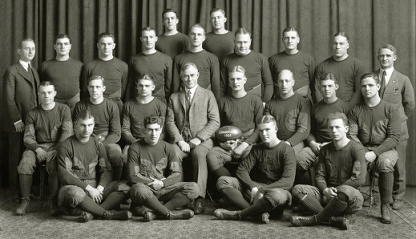
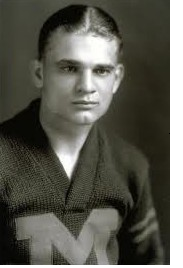 Michigan and their legendary coach Fielding Yost previously contended for mythical national championships in 1901, 1902, 1903, 1904, and 1918,
though I only selected them as champions for 1902 and 1918. I covered Yost in more detail in the 1901 article, but he was
165-29-10 at Michigan 1901-1923 and 1925-1926, and his overall record at 5 schools
puts him in 7th place in all-time FBS coaching win percentage. He
would place 1st by a country mile for all-time biggest ego, which goes
to explain why he's sitting at the center of the team picture above. He
continued as Michigan's athletic director through 1940, and there is no
question that Michigan would not be what it is today without him.
Michigan and their legendary coach Fielding Yost previously contended for mythical national championships in 1901, 1902, 1903, 1904, and 1918,
though I only selected them as champions for 1902 and 1918. I covered Yost in more detail in the 1901 article, but he was
165-29-10 at Michigan 1901-1923 and 1925-1926, and his overall record at 5 schools
puts him in 7th place in all-time FBS coaching win percentage. He
would place 1st by a country mile for all-time biggest ego, which goes
to explain why he's sitting at the center of the team picture above. He
continued as Michigan's athletic director through 1940, and there is no
question that Michigan would not be what it is today without him.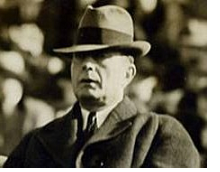 Vanderbilt
was actually the premiere power of the South for much of the long reign
of their Hall of Fame head coach Dan McGugin (pictured at left), who
went
Vanderbilt
was actually the premiere power of the South for much of the long reign
of their Hall of Fame head coach Dan McGugin (pictured at left), who
went 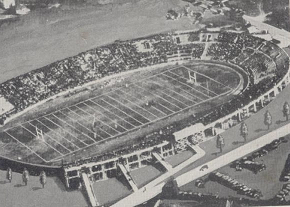
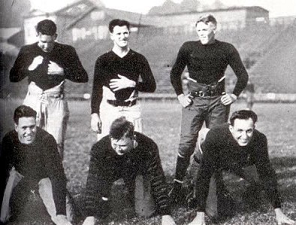
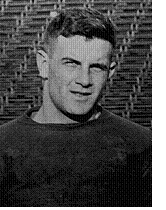 The major losses from the the 1921 team were
The major losses from the the 1921 team were